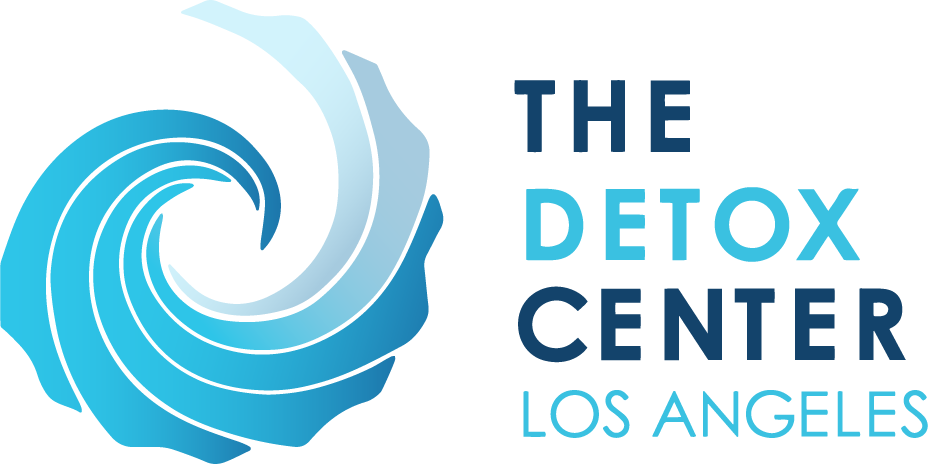The opioid crisis in the United States is on the rise, and according to the National Institute on Drug Abuse (NIDA), data from 2018 indicated that approximately 130 Americans died of a drug overdose daily. With the numbers increasing gradually, there is a need to mitigate the menace in the country.
Suboxone, a prescription drug comprising of two elements that are buprenorphine and naloxone, is a lifesaver in combatting lethal opioid overdoses. It usually is used in medication-assisted treatment plans to decrease the intensity of withdrawal symptoms, cravings for the drugs, and suppress drug abuse.
Suboxone is an opioid itself but acts as a partial opioid in treatment. This is merit over methadone because it does not stimulate full opioid feeling if a person takes more than the prescribed amount. However, Suboxone can be misused and abused by individuals and can result in emergency hospital visits.

For medical practitioners to recommend Suboxone used to treat people, they are required to meet specified qualifications by the Drug Addiction Treatment Act of 2000 (DATA2000). This act also limits the number of individuals that a medical practitioner can treat using buprenorphine in the first year after certification to 30.
Afterward, they are allowed to prescribe the drug to 100 individuals. Still, they can also apply to raise their limit to 275 through the National Drug Control Policy reauthorization act of 2006 office, which is an amendment to the data 2000 act.
What Makes Up Suboxone?
The two components of Suboxone are specified for different motives, but they work hand in hand to alleviate withdrawal symptoms. Naloxone functions as an opioid antagonist or an opioid inhibitor, while buprenorphine works as a partial opioid agonist. This blocks opioid effects such as anxiety and pain.
Buprenorphine affixes itself to the same receptors of the brain as other opioids such as morphine, oxycodone, and heroin. It is referred to as a partial opioid agonist due to the fact it stimulates a slighter effect as compared to a full opioid on the brain receptor. This dupes the brain to think that a full opioid is working in a place and thereby decreasing withdrawal symptoms.

Buprenorphine has a long-acting effect due to its long half-life of 36 hours. Drug half-life refers to the duration taken for half of the drug concentration to be reduced in a person’s body. Naloxone’s half-life is shorter and ranges between 30-60 minutes. It’s often used in emergencies due to its rapid-acting effect, but overdose symptoms may arise soon after it exits the body system. This is why it works hand in hand with buprenorphine to alleviate the intensity of the withdrawal symptoms.
During medication-assisted treatment, the majority of the patients note that they ‘feel normal’ after suboxone intake with a slight pleasurable feeling. The person may also experience partial relief from pain if he/she was in pain before taking the drug. Proper intake of buprenorphine by opioid-dependent individuals may not trigger the high intoxication feeling.
Buprenorphine attaches itself to opioid brain receptors for approximately 24 hours. This prevents ‘full opioids’ from getting in the receptor as its already bound. Every time an opioid-dependent individual takes Suboxone, they feel reprieved. In case a ‘full opioid’ is ingested within the timeframe, they will denote that it is not functioning, and it won’t give a high intoxication feeling.
Who Can Take Suboxone?
Suboxone can be used by individuals if:
- They are battling opioid misuse and dependence.
- They have the urge to quit opioid use.
- They are in a stable environment that is essential to recovery and have supportive peers and family.
Who Cannot Use Suboxone?
Suboxone may not be recommended if:
- One is expectant.
- A person is not opioid dependent physically.
- A person suffers from mental health issues that have not been addressed.
- A person has an alcohol dependency problem.
- A person has had a history of detrimental effects from Suboxone use.
- A person has a medical problem that may hinder treatment.
- A person uses drugs that may have adverse effects upon using Suboxone.
Use of Suboxone may result in short term side effects such as;
- Headache
- Blurry vision
- Constipation
- Back pain
- Redness of the mouth and numbness
- Inability to sleep
Suboxone acts as a depressant and thereby slows down an individual, unlike a stimulant that speeds up processes. This leads to a reduction in stress levels, calmness and relaxation, and pain relief.
As much as suboxone aids in alleviating withdrawal symptoms of opiate use, it’s recommended that you seek a comprehensive treatment plan from a drug treatment center. This is because they include therapy and counseling sessions, which helps to point out your triggers to opioid abuse and come up with new methods of combatting your stressors.
Get the Best Treatment for Suboxone Use and Withdrawal at The Detox Center of Los Angeles
The Detox Center of Los Angeles is a fully licensed drug and alcohol detox, rehab, and PHP located in Los Angeles, California. We offer programs such as outpatient treatment programs, residential treatment programs, and detox programs. At our facility, we offer treatment for a variety of addictions such as alcohol, cocaine, heroin, benzodiazepine, fentanyl, amphetamine, marijuana, methadone, codeine addiction, and co-occurring disorders.

The Detox Center of Los Angeles medical team works closely with each person to come up with the best treatment plan based on your addiction and personal needs. For those who opt for a residential treatment program, we make sure that you are comfortable during your stay at the facility under close supervision from our medical personnel.
Our treatment programs use several therapeutic methods depending on individual personal needs and underlying causes for their addictions. They include; trauma-informed therapy, solution-focused therapy, family systems therapy, spirituality, Jungian therapy, cognitive behavioral therapy, breath work therapy, and dialectical behavioral therapy.
We also accept the majority of commercial and private insurances. Visit our facility today or book an appointment with us to get assessed and start your treatment as soon as possible.
Final Thoughts
Quitting opioid use’ cold turkey’ can be life-threatening, and it’s advisable to seek professional help. ‘Cold turkey’ is the process whereby an individual decides to withdraw from using a drug abruptly. This makes your body lose its tolerance to the drug, and chances are, if you relapse back and proceed to take the normal quantity of the drug, you risk having a lethal drug overdose.
This is done through ‘tapering off’ of the drug by your medical professional. ‘Tapering off’ is whereby the amount of the drug is reduced slowly as you progress with treatment to the extent that your body is no longer reliant on the drug for functioning. Alternatively, other drugs with mild effects may be used during treatment, such as Suboxone. This helps you transition from the withdrawal phase to the maintenance phase easily.
From there, treatment can focus on the use of therapy to achieve recovery and increase the chances of recovery. Therapy may include counseling sessions, which helps you to learn methods of combating your stressing factors, be able to detect warning signs of relapsing, and living a drug-free life. Recovery from addiction is a lifelong achievement for individuals and their peers that requires determination, hope, and persistence.





